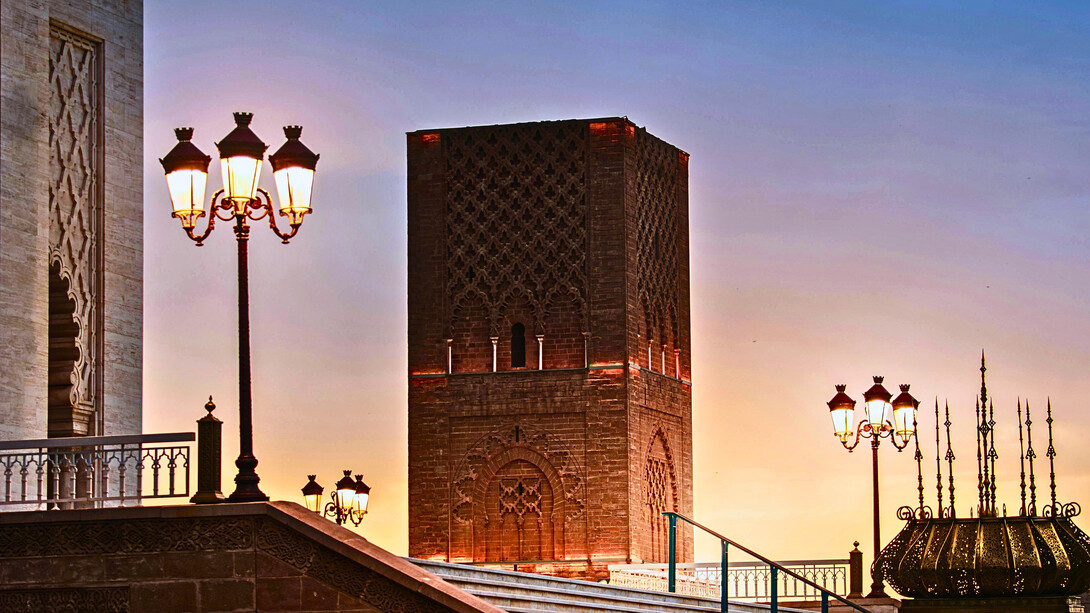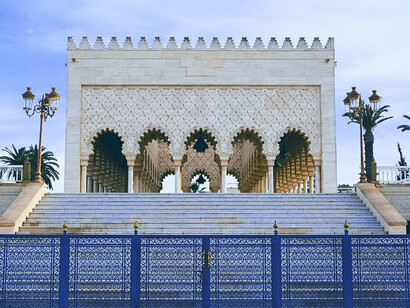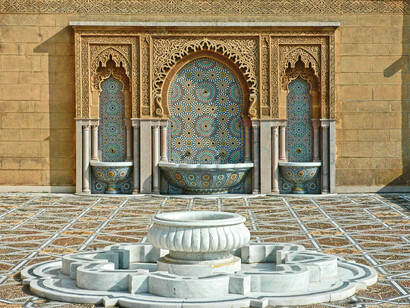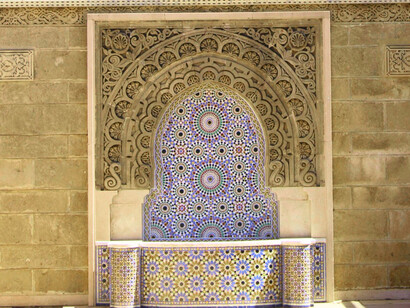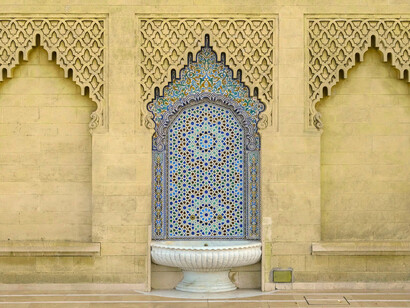Situated on the banks of the Bou Regreg River, the city bridges history with the promise of the future. It preserves the heritage of its ancestors while embracing modern aspirations, standing resilient through the passage of time.
As the cultural heartbeat of Morocco, Rabat serves as both a gateway for visitors and a centre of continuity for the nation’s legacy. Rabat, the capital of the Kingdom, has grown into a vibrant tourist destination, captivating both visitors and long-term residents.
It offers a captivating mix of past, present, and future that sets it apart from other destinations. Stepping into Morocco’s capital feels like entering a living mosaic where time and place come together in harmony.
Once solely the administrative heart of the Kingdom, Rabat has evolved far beyond its traditional image. Today, it shines as a vibrant tourist destination, drawing visitors from near and far with its unique charm and timeless allure.
Rabat is a city scripting a new chapter in national tourism, emerging today as one of Africa’s most welcoming capitals for visitors.
Rabat is the political capital city of Morocco and one of the largest cities in the Kingdom. The city was founded by the Almohads during the reign of Sultan Yaaqub al-Mansur in the mid-12th century. The city is famous for its textile and clothing industries and is one of the best tourist destinations in the world.
Historical attractions in the City of Rabat
Rabat is a popular vacation spot for tourists, as it houses numerous attractions and landmarks that include the Archaeological Area of Chellah, a small site dating back to the sixth century BC. The city is located on the Bou Regreg River; it is regarded as one of the most important and famous archaeological and tourist areas in Rabat, containing several ancient baths, an ancient temple, and an archaeological square. In addition to that, a wide variety of birds also dwell in the area, especially storks.
Another historical attraction of the city of Rabat is Hassan Tower, which is an unfinished historical building was built as a minaret for a mosque during the reign of Sultan Yaqub al-Mansur. However, construction of the mosque was halted with the death of the Sultan. The minaret reaches a height of approximately 44 meters, surrounded by columns. The tower is recognized as an archaeological heritage site according to UNESCO's World Heritage List, making it one of Rabat's most prominent tourist attractions.
The oldest city of Rabat and Oudaya Kasbah bring in multiple tourists
The Old City of Rabat is deemed one of the most beautiful tourist areas in the Moroccan capital, frequented by tourists for shopping and to experience the lifestyle of its residents. It contains numerous shops specializing in leather bags, shoes, antiques, and fabrics, in addition to numerous traditional cafes.
Kasbah of the Udayas is a fortified fortress that was built by the Almoravids. It is located at the southern mouth of the Bou Regreg River, overlooking the Atlantic Ocean and the Bou Regreg Valley, which offers a charming view. It contains a wall, an ancient gate, an old mosque, and a magnificent archaeological museum built by Sultan Ismail in the 17th century.
This kasbah is considered one of the most beautiful tourist areas in Rabat, embodying many landmarks of Andalusian civilization, represented by its narrow blue-washed streets and Andalusian gardens filled with beautiful flowers.
The Archaeological Museum and the Almohad Wall communicate the city history
The Archaeological Museum was opened in the Moroccan capital in 1932 AD; it is one of the most important museums in the Kingdom of Morocco. It houses numerous archaeological artifacts that embody Moroccan civilization, prehistoric artifacts, and bronze statues, making it a great and important choice for tourists.
Almohad Wall was built by the Almohads upon the orders of Sultan Yaqub al-Mansur. It is estimated to be 2,263 meters long, 2.5 meters wide, and approximately 10 meters high.
The wall is supported by 74 towers and five large gates. Mausoleum of Mohammed V: Located next to the Hassan Tower, it was built in 1971 AD. It features a beautifully modern building with a green-tiled roof and white walls. It contains the tomb of the Moroccan monarch and his two sons.
Rabat Zoo and mega malls attract local Moroccan tourists
Mega Mall is one of the most important shopping destinations in the Moroccan capital. This mall is located near Zaer Road and contains several floors housing numerous shops selling clothing, accessories, food, and more. In addition to ice-skating rinks, a cinema, and various cafes and restaurants.
Rabat Zoo is home to over a thousand animals, such as elephants, lions, and others, as well as numerous birds, such as ducks and seagulls. This zoo is a great choice for tourists visiting Rabat.
Rabat's development is a reflection of a country that is both forward-thinking and firmly rooted in its culture and history.
